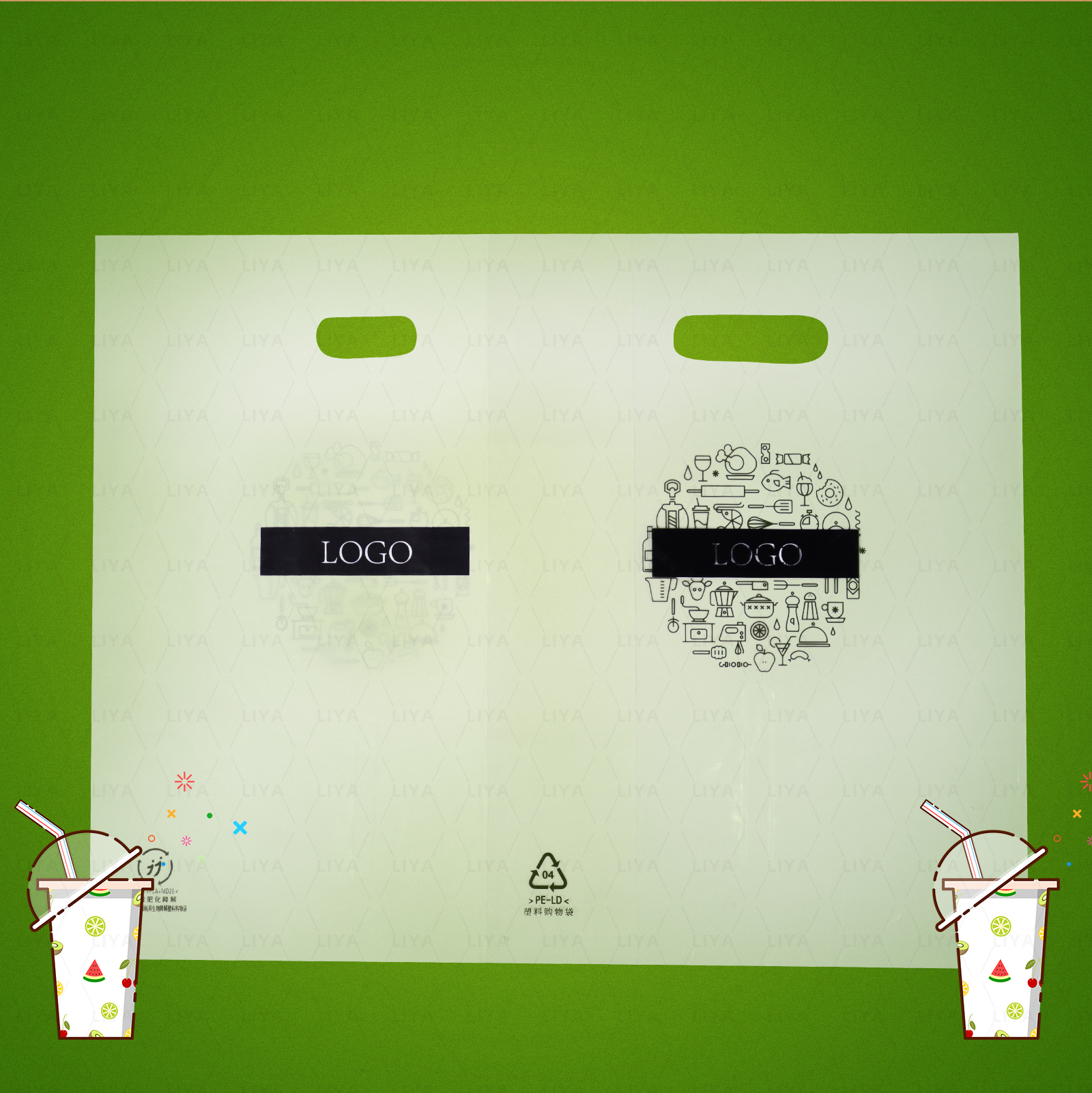Innovative Lightweight Paper Solutions for Sustainable Packaging and Eco-Friendly Products
The Rise of Thin Paper for Packaging A Sustainable Solution
The packaging industry has undergone significant transformations over the past few decades, driven by evolving consumer preferences, technological advancements, and an increasing awareness of environmental concerns. Among innovative materials taking center stage is thin paper, which is emerging as a preferred choice for packaging across various sectors. This article explores the benefits, applications, and future prospects of thin paper in packaging.
Environmental Friendliness
One of the primary motivations behind the shift to thin paper packaging is the growing demand for sustainable solutions. Traditional packaging materials, particularly plastics, have been criticized for their harmful environmental impact, leading to a global push for biodegradable and recyclable alternatives. Thin paper, often sourced from sustainable forests, aligns perfectly with this trend. It can decompose naturally, returning nutrients to the soil, which significantly reduces its carbon footprint compared to plastic. Moreover, advancements in production methods have made it possible to produce thin paper using less energy and water, further reinforcing its sustainability credentials.
Versatility and Customization
Thin paper is not only eco-friendly but also highly versatile. It can be utilized in a variety of applications, from food packaging and luxury goods to electronics and shipping materials. The adaptability of thin paper allows manufacturers to design packaging that meets specific needs, such as moisture resistance, strength, and aesthetic appeal. Customization options, including printing and coatings, enable brands to create visually appealing packages that not only protect the product but also communicate their values and engage consumers effectively.
Cost-Effectiveness
thin paper for packaging

In addition to its environmental benefits and versatility, thin paper packaging can be a cost-effective solution for businesses. With the right manufacturing processes, thin paper can provide adequate protection for products while minimizing materials costs. This reduction in weight can also lower shipping expenses, contributing to overall cost savings. As companies increasingly focus on their bottom line, the financial benefits of adopting thin paper packaging become more alluring.
Enhancing Consumer Experience
Packaging plays an essential role in shaping consumer perceptions and experiences. Thin paper can be designed to enhance these experiences through tactile engagement and aesthetic appeal. Many consumers appreciate the feel of high-quality paper packaging, which can evoke a sense of luxury and care. Furthermore, thin paper can be easily printed on with vibrant colors and intricate designs, making it an ideal choice for branding and marketing. As consumers become more discerning, brands that prioritize thoughtful packaging will likely resonate more strongly with their target audience.
Future Prospects
The future of thin paper packaging looks promising as innovation in materials science continues to evolve. Researchers are exploring various treatments and coatings to enhance the functionality of thin paper, making it even more resilient against moisture and wear, while maintaining its environmentally friendly qualities. Furthermore, increased investment in recycling infrastructure will bolster the lifecycle of paper products, encouraging consumers to choose thin paper packaging over less sustainable alternatives.
In conclusion, the adoption of thin paper for packaging is a significant step forward in promoting sustainability and reducing environmental impact. With its versatility, cost-effectiveness, and potential to enhance consumer experience, thin paper emerges as a powerful contender in the packaging industry. As the world continues to embrace eco-friendly practices, thin paper may well become a staple in the packaging solutions of the future, driving both innovation and sustainability in this essential sector.
-
Self Seal Bags: Secure, Clear, and Customizable Packaging for Every IndustryNewsAug.15,2025
-
Paper Cups: Bulk Solutions for Events, Cafés, and Eco-Friendly ServiceNewsAug.15,2025
-
Laminated Bags: Durable, Customizable Packaging for High-Impact BrandsNewsAug.15,2025
-
Grocery Bags: Smart, Sustainable, and Scalable Solutions for RetailersNewsAug.15,2025
-
Drawstring Bags: Versatile, Customizable, and Cost-Effective for Bulk UseNewsAug.15,2025
-
Disposable Gloves: Wholesale Solutions for Safety, Hygiene, and EfficiencyNewsAug.15,2025
-
Have the freedom of customizing your custom mailers any way you want! Our dedicated packaging support will help deliver you the mailing experience you need to elevate your shipping experience to the next level! Start making a strong impression on your customers and stand out from your competitors! -
LIYA uses high quality raw materials which directly purchased from large enterprises domestic and overseas such as PetroChina, Sinopec, Sabic, Equate, ExxonMobil, Dow Chemical, Total, and Borouge, ensuring the price advantage and quality of the raw materials. -
LIYA uses high quality raw materials which directly purchased from large enterprises domestic and overseas such as PetroChina, Sinopec, Sabic, Equate, ExxonMobil, Dow Chemical, Total, and Borouge, ensuring the price advantage and quality of the raw materials.





